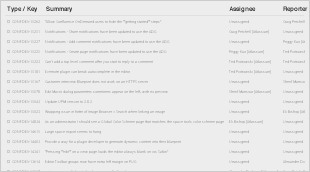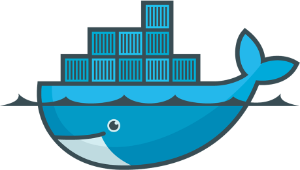Instructions and Tools (docker images, Dockerfile, .env file, docker-compose files, scripts, etc.) described on this page are currently in Beta for community testing & contribution, and might change without notice. |
Docker allows you to package an application with all of its dependencies into a standardized unit for software development. – Docker.com
Using Docker images, we can package up all the executables, dependencies, and files required to run eZ Platform. We're in the process of preparing images for public use, and you can follow along on related epic tracking this 
What is described on this page has gone through several iterations to try to become as simple as possible. It uses plain Docker and Docker Compose to avoid having to learn anything specific with these tools, and it uses official docker images to take advantage of continued innovation by Docker Inc. and the ecosystem. We will expand on these tools as both images, and Docker itself, matures.
If you would like to join our efforts (development, documentation, feedback, and/or testing), sign up for our Community Slack and join the conversation in the #docker-tools channel.
Demo usage
For usage with your own project based on eZ Platform or eZ Enterprise starting with v1.4.0 you'll find documentation for project use in doc/docker-compose/README.md. |
What follows below is instructions for setting up a simple single-server instance of eZ Platform demo using Docker. This is here shown on your own machine, however using Docker Machine you may point this to a variety of servers and services.
Note: For running Docker in production you'll need to handle a few more things we are not covering here yet, some of which are:
- Handling persistence, both database and web/var files
- Ideally also scale out to offer redundancy, and for that use memcached/redis and Varnish in front
- Handle health of containers and configure setup if something goes down
- ...
|
Known issues
Incomplete list of known bugs:

